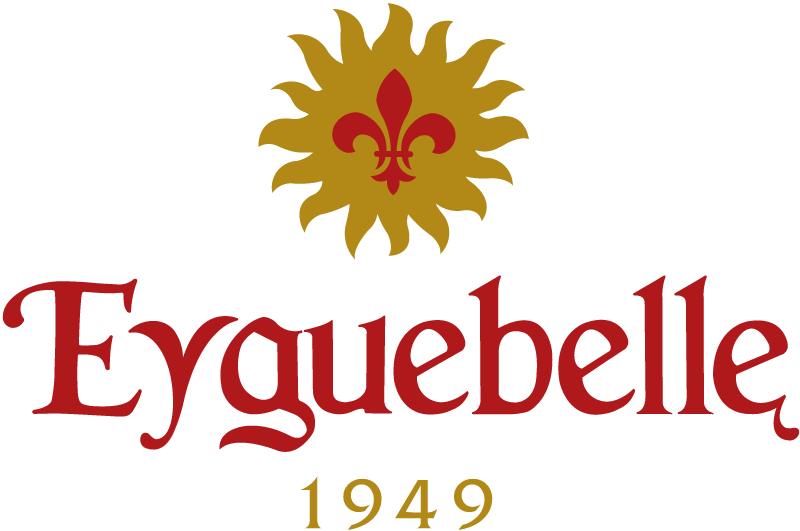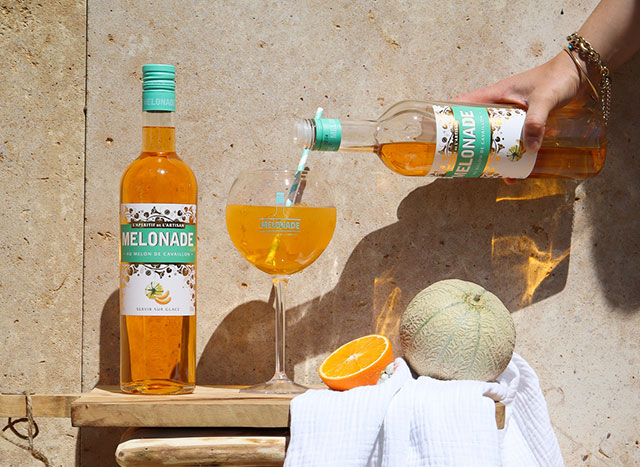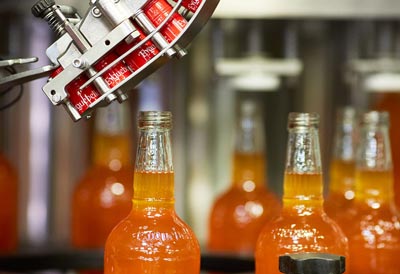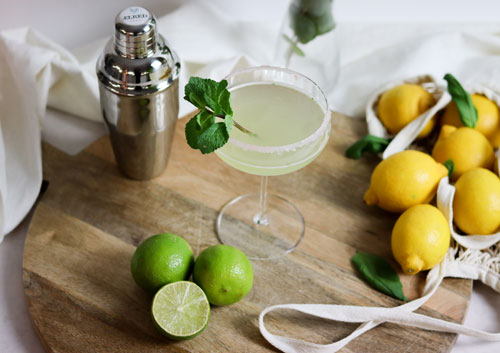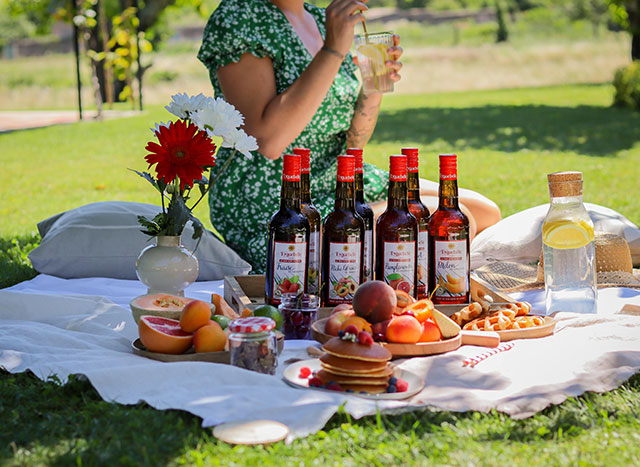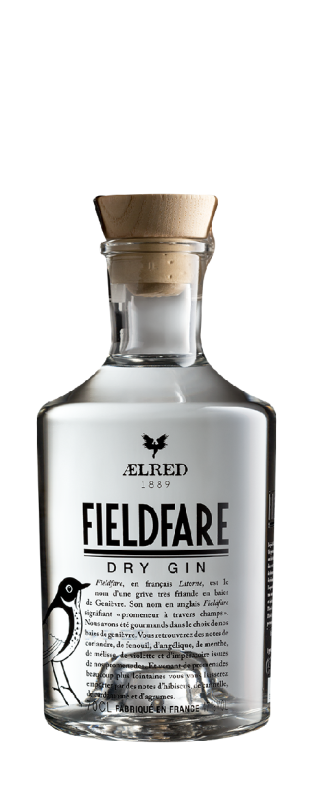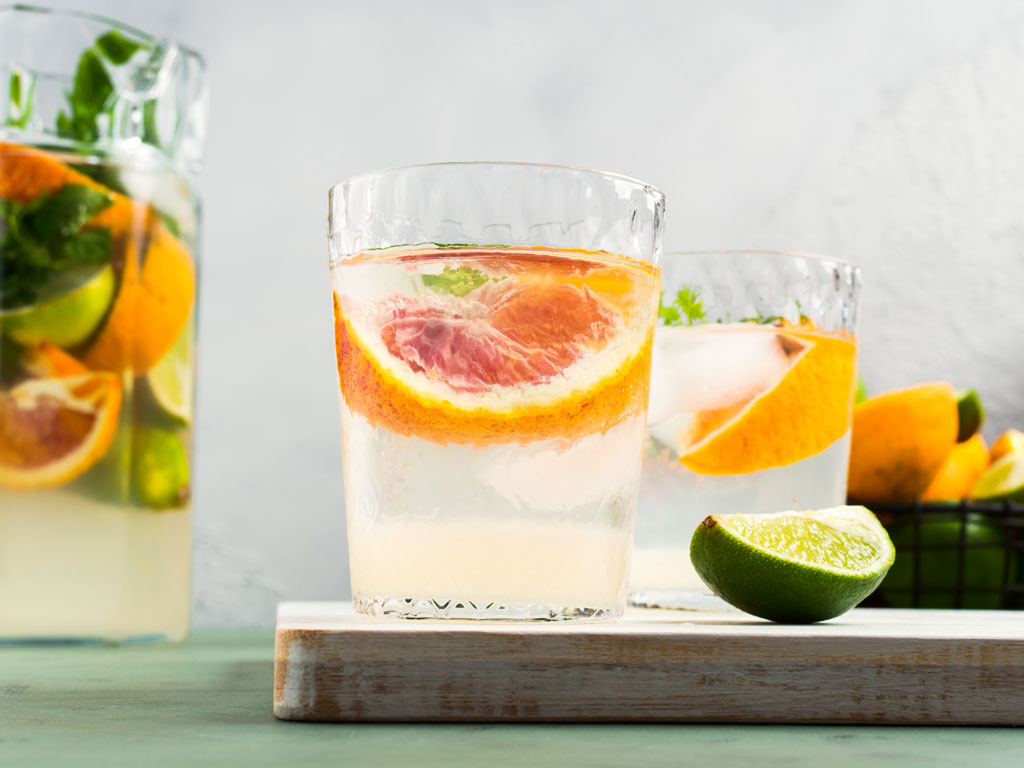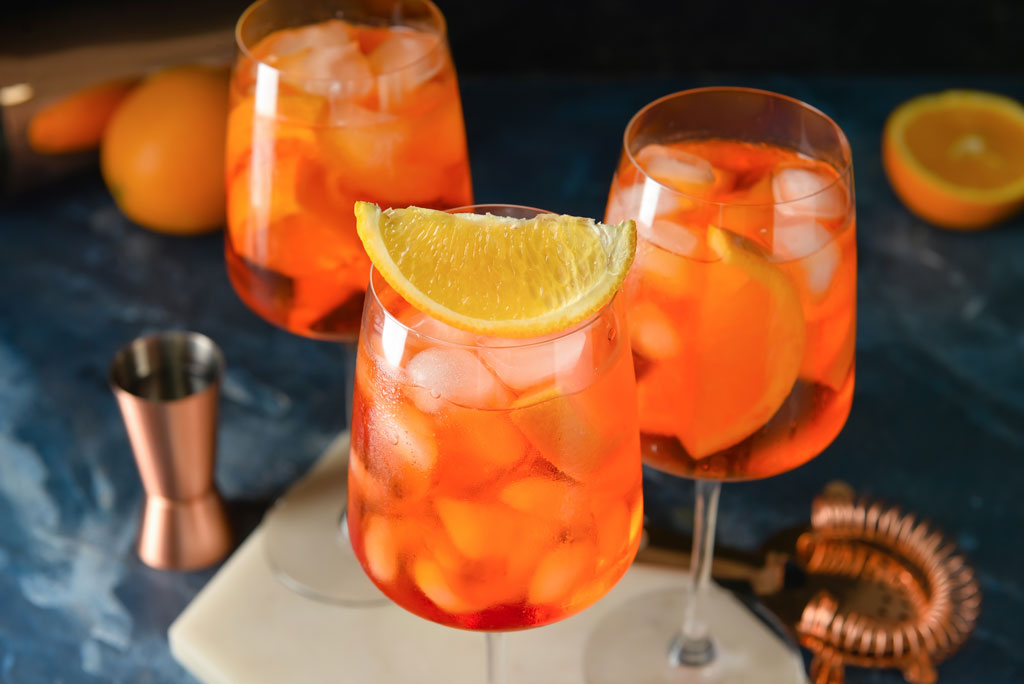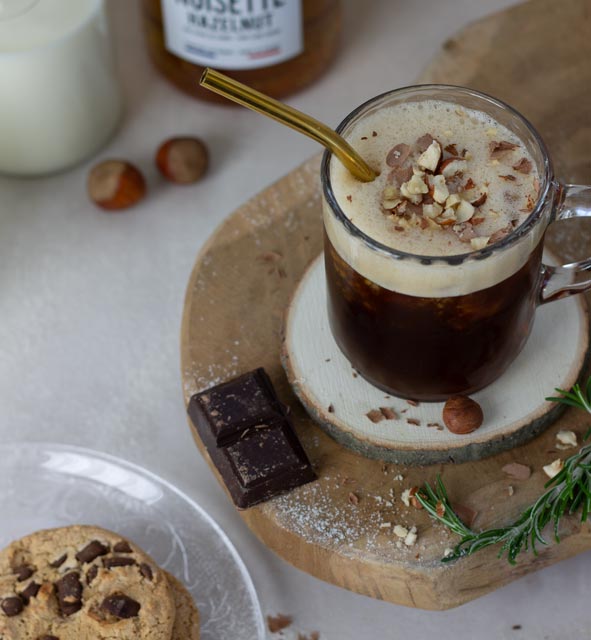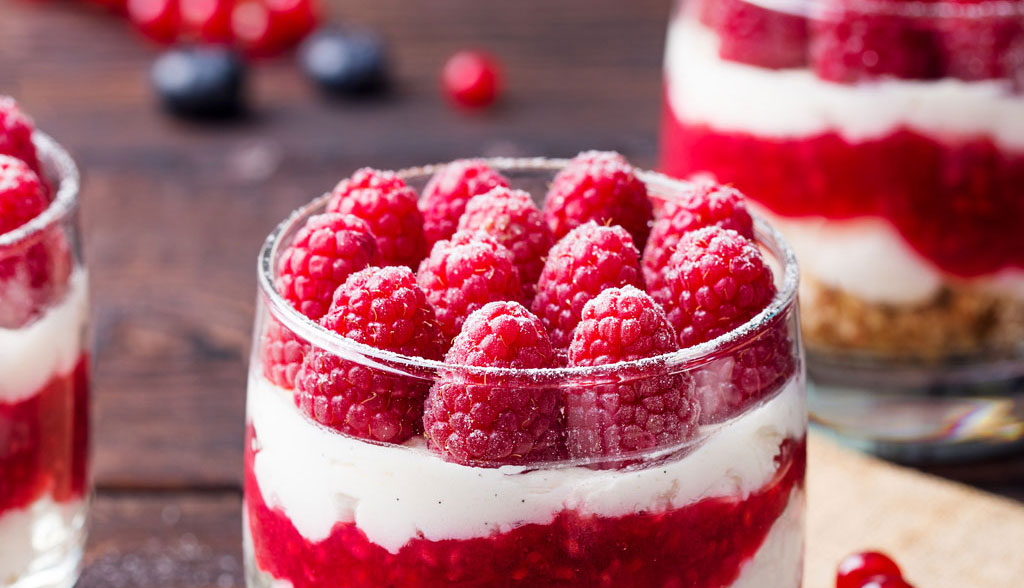
Cocktails and spirits are becoming more and more popular, and many trendy restaurants and bars are preparing them for a clientele hungry for new and surprising flavours. Entertaining guests at home is also an ideal time to introduce friends to cocktails and spirits prepared with particular care, thanks to the many appetising recipes. Whether for an aperitif, a dessert or a festive meal, spirits and cocktails are all the rage.
Gin-based cocktails have become classics. Gin, which had its moment of glory between the 1950s and 1960s, has been supplanted by vodka, a drink much sought after by young people looking for new thrills. Gin was popular for a long time, but was relegated to second place by other so-called fashionable drinks. Since the 1980s, however, it has made a strong comeback, thanks to a host of recipes and mixes based on spices, herbs and spices. Gin can be drunk neat or as a base for long drinks.
The history of gin
Gin was first made in the Netherlands around the 16th century. It was called genever because juniper berries are the fruit used in its composition. But it was mainly in Great Britain that gin began to be consumed and where it is produced by the best-known brands. Gin is a spirit drink that is widespread throughout the world, with other European and American producers also having their own gin factories, although Great Britain and Holland remain the main producers.
A spirit drink made from juniper berries
Gin is a spirit made from grain (wheat, rye, malted barley or maize) or molasses that has been flavoured. Flavouring can be done naturally, by infusing or macerating spices, herbs or aromatics in alcohol, or it can be done artificially, by adding natural or artificial gin essences, which give it a different flavour from other brandies. The juniper berry is one of the main ingredients in gin, hence its name. A very dry spirit, gin can reach 37.5°.
Juniper is a shrub that is widespread in Europe. Its berries, which are used to make gin, have an attractive indigo blue colour. The juniper berry has a particularly resinous and slightly bitter flavour. Other ingredients used to make gin include coriander, liquorice, cinnamon, fennel, cumin, orange peel, Italian iris root, Saxon angelica root, lemon, ginger root, cardamom, nutmeg, sweet wood and cubeb, to name but a few. These aromatics give the gin its fresh, tangy, woody and bitter notes, as well as its spicy, peppery flavour.
How is gin made?
Gin is made in several stages. A mixture of cereals is fermented, including maize, malted barley, wheat and rye, to which brewer's yeast is added. Once the purified brandy has been obtained and has retained all its aromas, juniper berries and other grains are added to give it a particularly exquisite flavour and aroma, which sets it apart from other brandies.
Some professionals flavour their gin by adding different herbs for a more fragrant, full-flavoured result. After this stage, manufacturers distil their gin. This technique produces better results. It produces very high quality gins.
How is gin distilled?
To distil gin, producers use a device called an alembic, which separates the products first by heating and then by cooling. This apparatus, a kind of kettle with a lid, was originally designed for making perfumes or medicines before being used to produce brandy. Already in use in the Middle Ages, the distilling apparatus developed to reach a very high level of sophistication. The alembic is heated by steam through a heating element installed at the bottom of the boiler. The neutral alcohol is placed at the bottom of the boiler. When the alcohol reaches boiling point, around 80 degrees, it gives off vapours that are impregnated with the aromas of the berries and herbs placed in a sieve or suspended in a small bag.
These vapours are collected in the neck of the appliance, known as the swan neck. The swan neck is connected to a coil that has been immersed in cold water. This stage condenses and concentrates all the fragrances in the distillate. All the impure elements are recycled before being redistilled again. The finished product is ready to be diluted before bottling.
It is left to rest in a vat for a few hours after distillation. Dilution is then carried out to reduce the alcoholic strength of the product to the desired level. Filtration can be carried out cold. When the distillate reaches a temperature of -2 degrees, it is filtered through a cellulose fibre, which removes all suspended particles. There are also other filtration methods, such as active carbon filtration.
An ideal drink for cocktails
Gin is becoming more and more popular, especially in cocktails, not only for its clear, white colour but also for its dry, fruity flavour. The best-known gin-based drinks are certainly gin and tonic and gin fizz. The latter is made with gin, lemon, sugar and soda shaken with ice in a shaker. The Dry Martini, made with gin and dry white vermouth, is an equally popular classic cocktail, served by the glass.
A spirit with a thousand flavours
Several varieties of gin are made with different ingredients. The producers of this spirit drink use the right quantities of herbs and spices, blending them themselves to find the ideal balance. English gin is more suitable for cocktails because it is lightly flavoured, unlike the highly flavoured Dutch gin, which is less suitable for cocktails. The taste of the juniper berries should remain dominant after redistillation. Maceration or infusion are processes that can be used in parallel.
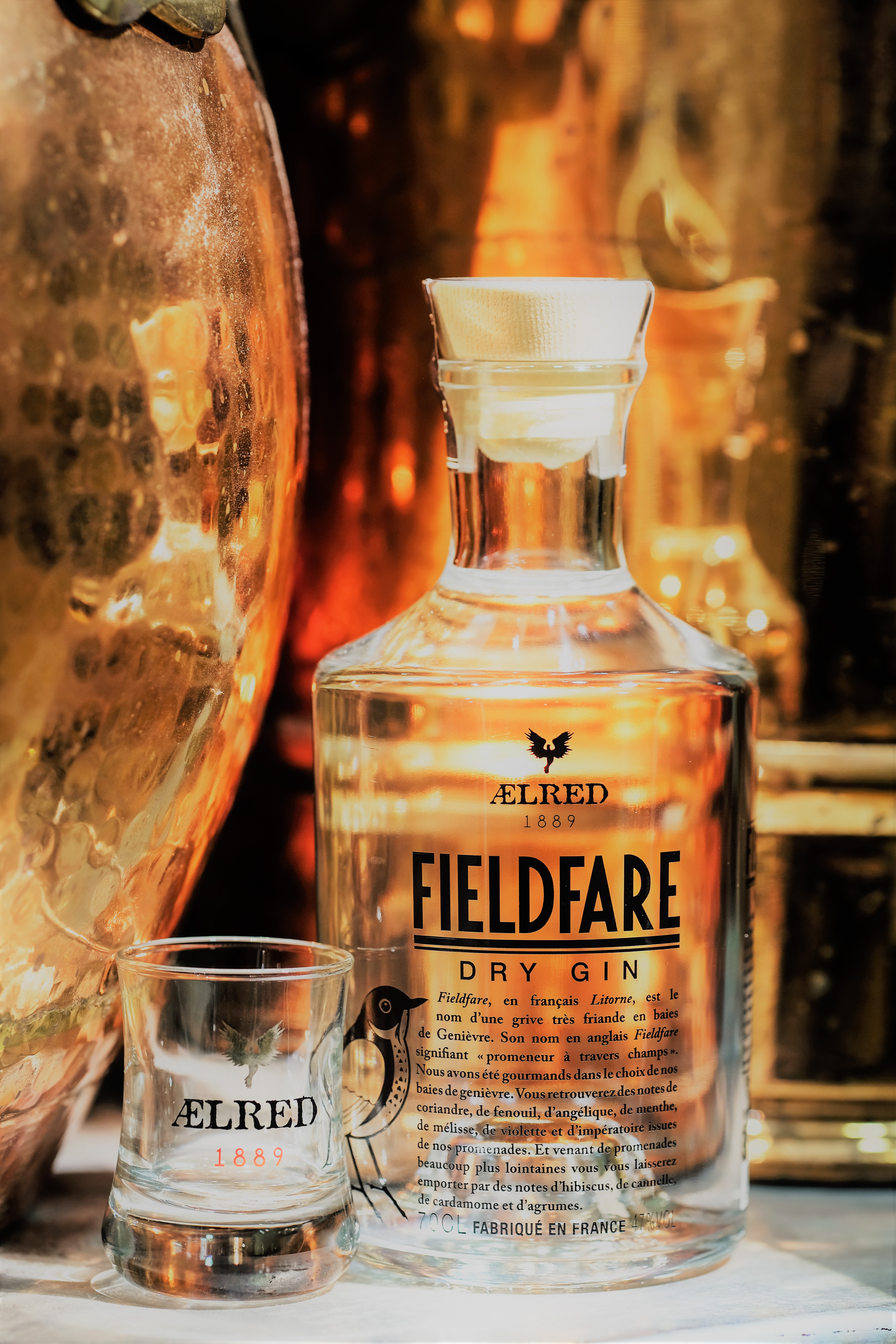
FIELDFARE GIN
Bought in Macedonia, in the Balkans, the juniper berry is naturally the very first ingredient he uses to make FIELDFARE.
Through a skilful blend of spices and plants, respecting the infusion, maceration and decoction times for each, Bernard and his team produce "L'Esprit de Gin", an 80% gin spirit. In the second stage, more than 30 leaves and/or flowers, roots, barks and seeds are blended and distilled in the still to obtain "L'Esprit n°1", Eyguebelle's trademark, its personal touch and its heritage, which, blended with the gin spirit, will make GIN FIELDFARE. The nose and palate speak for themselves: chamomile, violet, hibiscus, hay, coriander, broom, cinnamon... Yet gin offers a palette of tastes, an infinite field of possibilities... Each house has its own recipe.
